Introduction
Spring is a season of renewal and growth, a perfect time to make lasting changes in your garden. Planting trees during this season not only beautifies your space but contributes positively to the environment. As nature wakes from its winter slumber, the opportunities for planting vibrant greenery are endless. The joy of seeing a young sapling grow into a magnificent tree is both rewarding and beneficial. At Plantology, we are here to guide you through the joys of planting trees in spring and how you can find the perfect tree varieties to suit your garden's needs.
The Benefits of Planting Trees in Spring
Optimal Growing Conditions
Spring provides the ideal conditions for tree planting. The longer daylight hours give young plants ample time to photosynthesize, which is crucial for their growth and development. The days are warmer, and the soil is more receptive to nurturing roots, which lead to a healthier and more productive growing season.
Enhanced Air Quality
Trees play a vital role in absorbing carbon dioxide and releasing oxygen. Planting trees in spring allows them to start this natural purification process early in the growth season, which significantly contributes to improving air quality right from the onset. As trees mature, they become more effective at filtering pollutants and producing clean oxygen.

Boosting Biodiversity
Establishing diverse plantings in your garden isn't just an aesthetic choice; it's an environmental one. Trees provide essential habitats for various wildlife, from birds that nest in branches to insects that thrive in the bark. By planting a variety of trees, you're adding to the ecological diversity that supports healthy ecosystems.
Selecting the Right Trees for Spring Planting
Consider Your Climate
When choosing trees, it's crucial to consider your local climate and how specific tree species will fare in your region. Understanding your area's temperature ranges, rainfall, and soil type will ensure you choose trees that thrive with minimal intervention.
Soil Preferences and Maintenance
Different trees have varied soil requirements. Assess your garden's soil texture and nutrient content before selecting tree species. While some trees prefer well-drained sandy soils, others may thrive in loamy or clay-heavy environments. Trees purchased from Plantology come with detailed care instructions to help you understand their specific needs.
Recommended Trees to Plant in Spring
At Plantology, we offer a stunning selection of trees ideal for spring planting. Here's a curated list of some fantastic options to consider for your garden—each bringing unique beauty and benefits to your landscape.

Adonidia Palm
Known for its elegant silhouette and lush, feathery foliage, the Adonidia Palm is a superb choice for adding a tropical feel to your garden. Available in single, double, and triple formations, these palms are perfect for both indoor and outdoor spaces. Their ability to withstand variable growing conditions makes them incredibly versatile.
Agapanthus (Lily of the Nile)
If you're looking for stunning blooms, the Agapanthus is a brilliant choice. Their striking blue flowers add a vibrant pop of color to any garden. They're hardy, easy to maintain, and adapt well to most garden conditions, making them a favorite among gardeners.
Agave Varieties
For xeriscaped gardens or areas with less frequent watering, Agave plants are ideal. Consider our Blue Agave, Caribbean Agave, or Variegata Agave. These striking plants add structure and a touch of the exotic to your garden, with minimal maintenance requirements and exceptional drought resistance.
Alexander Palm
For those looking to add height and a timeless tropical allure to their garden, the Alexander Palm is another excellent choice. Not only aesthetically pleasing, but these palms are also tolerant of diverse climatic conditions, making them ideal for coastal and urban gardens alike.
Care Tips for Newly Planted Trees

Watering Essentials
Young trees require consistent watering, particularly during their early stages post-planting. This ensures that roots establish firmly within the soil. However, be cautious of over-watering, as this can lead to root rot. Instead, consider the specific water needs of your tree species.
Mulching and Soil Health
Applying mulch around the base of your trees helps retain moisture, suppress weeds, and improve soil structure as it breaks down. It's an essential practice for maintaining healthy trees, especially in the first few years of growth.
Pruning Practices
Regular pruning encourages healthy growth and helps manage the tree's shape and structure. For fruit-bearing trees, timely pruning is essential to maximize yield. Spring is an excellent time for structural pruning and removing any damage caused by winter.
Planning for Long-Term Growth and Care
Understand Growth Patterns
Trees have unique growth habits that must be accounted for to prevent overcrowding and ensure ample sunlight exposure. Maximize your garden's potential by considering space requirements and positioning trees where they will have space to thrive in maturity.

Weather and Seasonal Adjustments
Be prepared to adapt your tree care routine with changing seasons. Monitor weather forecasts to protect your trees against late frosts, and adjust your watering schedule to align with rainfall. Knowledge of potential pest and disease threats in different seasons is also vital.
Conclusion
Planting trees in spring is a harmonious blend of preparation, selection, and care. It brings beauty, ecological benefit, and personal satisfaction. With Plantology’s diverse range of tree species, you can find the perfect match for your garden's unique conditions. Visit Plantology today to explore our full collection and start your spring garden transformation.
Ready to bring new life into your home and garden? Check out our library of trees and plants perfect for your space this spring—each selection comes with expert guidance and quality assurance.
Deep Diving Into Spring Tree Varieties
Embracing the diversity of tree species available for spring planting not only enriches your garden but also enhances your understanding of botanical adaptability across different ecosystems. Here, we delve deeper into some of the tree varieties that can transform your garden into a haven of tranquility and flourishing vitality.

Maple Trees
Maple trees are a quintessential choice for any garden looking to display a burst of color, especially during autumn. Known for their vibrant foliage, these trees are not just aesthetically pleasing, but also versatile in their ability to adapt to various soil types. Some popular varieties include the Japanese Maple, famous for its delicate leaves and rich red hues, and the Sugar Maple, renowned for its blazing orange-red leaves in fall and sap that's used to make maple syrup. Planting maples in spring gives them an excellent start, ensuring that they establish their roots before facing the harsher conditions of summer or winter.
Flowering Cherry Trees
Flowering cherry trees encapsulate the ephemeral beauty of spring with their breathtaking blooms. Perfect for creating a picturesque garden setting, these trees are a favorite due to their stunning display of white and pink flowers. The Kwanzan Cherry is specifically noted for its vibrant double pink blooms and is remarkably popular in both urban and suburban landscapes. As they require well-drained soil and full sun, their flowering in spring symbolizes the awakening of your garden. Additionally, the blooms attract pollinators, supporting the surrounding biodiversity.
Magnolia Trees
With their large, fragrant flowers, Magnolia trees are a showstopper in any garden. Planting them in spring ensures that they will put on a splendid display of blooms early in the season. The Southern Magnolia, with its creamy white flowers, adds elegance and is known for its resilient structure. Magnolias prefer rich, well-drained soil and benefit from a sheltered position to protect their delicate blooms from harsh weather.
Fruit Trees
For those wanting to add utility to beauty, fruit trees offer the perfect combination. Spring is an ideal time to plant trees like Apple Trees, Pear Trees, and Cherry Trees, which not only provide a bounty of fresh produce but also display stunning springtime blossoms. These trees typically require full sun and regular pruning to maintain a healthy shape and maximize fruit production. Additionally, integrating a variety of species can help prevent pests and diseases by promoting an ecological balance, crucial for any fruit-bearing garden.

Sustainable Gardening Practices
As we further immerse ourselves in the wonders of spring planting, it’s essential to reflect on sustainable gardening practices that foster long-term environmental wellness. Implementing these practices not only ensures your garden thrives but also contributes to broader ecosystem stability.
Drought-Resistant Plantings
Adopting drought-resistant plants like Lavender or Rosemary can be a water-efficient choice, particularly in areas experiencing irregular rainfall or dry seasons. These plants require minimal watering once established, preserving precious water resources and reducing maintenance efforts in your garden. Incorporating mulch and establishing rain gardens can further aid in moisture retention and efficient water usage.
Companion Planting
Companion planting is a beneficial practice where certain plant species are cultivated together to enhance growth, deter pests, and improve crop yield. For example, planting marigolds alongside vegetables and trees can help repel harmful insects naturally. This method not only boosts biodiversity but diminishes the need for chemical interventions, fostering a more organic gardening approach.
Native Species Integration
Incorporating native tree species into your garden is an influential way to promote local wildlife and preserve biodiversity. Native plants have naturally adapted to your region's conditions, typically requiring less water, fertilizer, and maintenance than exotic species. Consider species already accustomed to your local climate, which will thrive with minimal environmental impact, creating a sustainable habitat for regional flora and fauna.

Challenges and Solutions in Spring Tree Planting
While planting trees in spring brings numerous benefits, it also presents several challenges to consider. Overcoming these hurdles is key to ensuring the successful establishment and growth of your trees.
Late Frosts
One significant challenge faced during spring is the occurrence of unexpected late frosts that can damage new growth. To mitigate this risk, stay informed through weather forecasts and cover vulnerable plants with protective materials like horticultural fleece during cold nights. Selecting frost-resistant species, particularly for areas prone to unpredictable weather, can also contribute to their survivability.
Pest Management
With the onset of warmer weather, pest populations can surge, threatening the health of your burgeoning garden. Implementing integrated pest management (IPM) can effectively manage these issues. Encourage natural predators, such as ladybugs and birds, to reside in your garden as they help naturally control pest populations. Moreover, employing organic pesticides or deterrents and regularly inspecting your trees for signs of infestation can maintain a balanced ecosystem.
Soil Quality Variations
Variations in soil quality and structure can pose challenges in nutrient availability and water retention for certain trees. Conducting a soil test prior to planting can provide insights into pH levels and essential nutrients present. Amending the soil with compost or other organic matter increases fertility and supports a conducive environment for root establishment and growth.

Engaging With Your Local Plant Community
Joining local gardening clubs or forums can prove invaluable as both an educational and social endeavor, offering support and shared knowledge among enthusiasts.
Participating in Community Gardening
Community gardens offer a collaborative environment where individuals can share resources, techniques, and experiences, fostering personal and communal growth. Engaging with such communities encourages sustainable practices, resource sharing, and solidarity in implementing eco-friendly initiatives like tree planting or botanical education.
Utilizing Online Resources and Workshops
Many online platforms offer instructional materials, webinars, and workshops designed to enhance your gardening skills and knowledge. Engaging with experts through virtual sessions and collaborative online forums provides access to a wealth of information and diverse perspectives on how to excel in your spring planting endeavors.

Conclusion
Embracing the season of renewal through thoughtfully selected tree varieties and sustainable gardening practices paves the way for an enriched and thriving landscape. By understanding the benefits, challenges, and methods essential to successful spring planting, you create a garden that is not only beautiful but ecologically supportive. Visit Plantology to find your ideal tree companions for spring and transform your garden into an oasis of sustainable growth and admiration.
Planting in spring is more than a mere gardening task; it's a commitment to ecological stewardship and visual storytelling. With every tree planted, you participate in a larger narrative of growth, renewal, and environmental resilience. Choose wisely, plant thoughtfully, and watch your green companions reach for the sky.



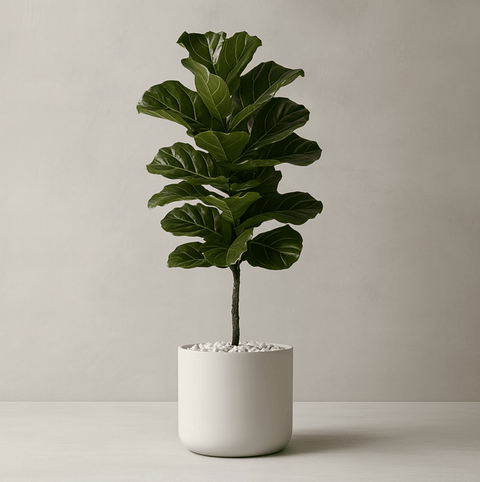
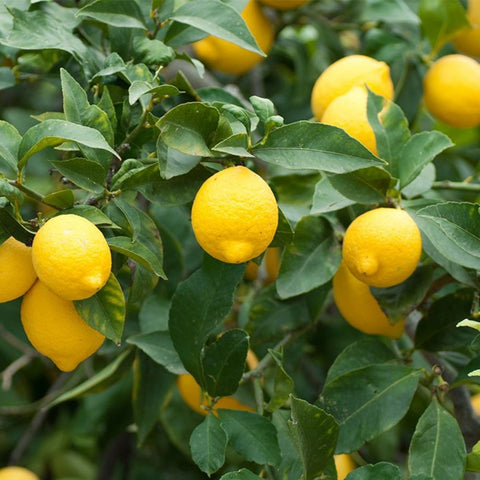

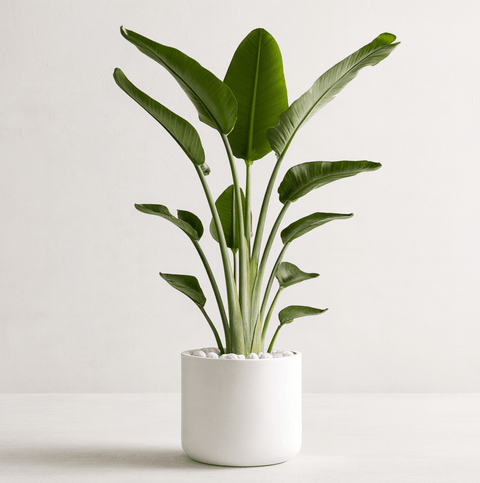

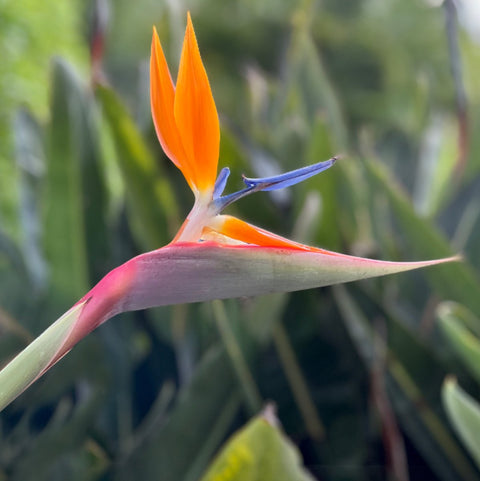
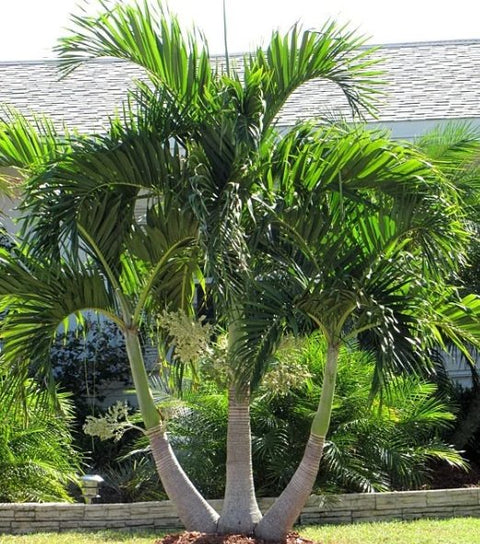







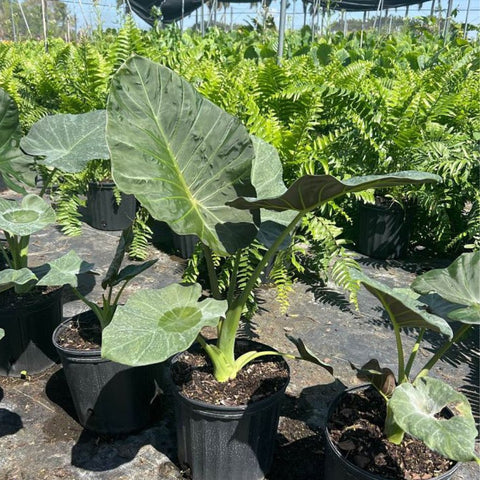

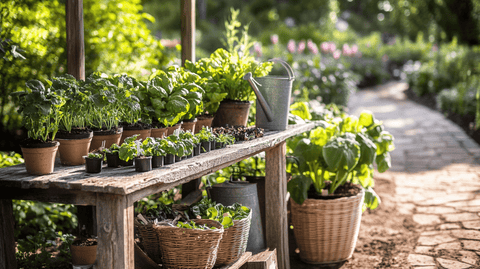



Comments (0)
There are no comments for this article. Be the first one to leave a message!